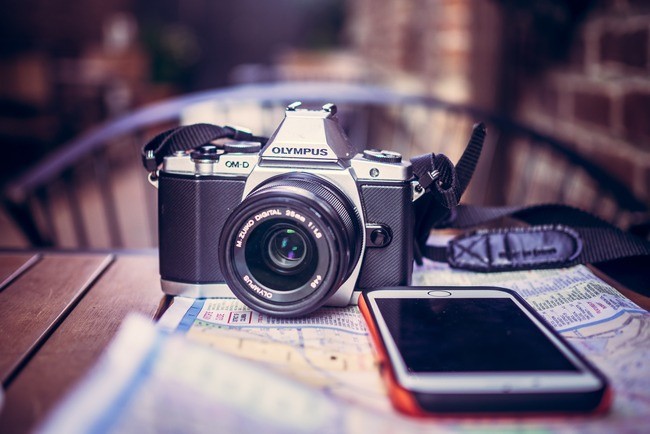
Micro Four Thirds, renowned for its compactness in comparison to APS-C and full-frame cameras, offers an extensive range of features and improved light capture capabilities, catering to hobbyists, videographers, and professionals constrained by space.
Recent rumors originating from a Weibo post by Y.M. Cinema suggest the development of several Micro Four Thirds sensors intended explicitly for future smartphone integration, potentially arriving as early as 2024.
Micro Four-Thirds Sensors to Come to Smartphones
These rumored sensors purported for mobile photography include a 4/3-inch 108Mp 1.4μm Nonacell Full-pixel DPAF sensor, presenting a new ISOCELL design with optimized quantum efficiency.
Additionally, a 4/3-inch 80Mp 1.65μm QuadBayer Full-pixel 2x2 OCL AF sensor is speculated to have undergone an IMX472 transformation to a Mipi interface, aiming to reduce digital layer power consumption.
Furthermore, a 4/3-inch 50Mp 2.1μm 4-Cell Full-pixel 2x2 OCL AF WDR sensor referred to as LOFIC TheiaCel, and finally, a 4/3-inch 44Mp 2.25μm Mask-PD AF VDGS sensor known as Pregius S II.
Incorporating Micro Four Thirds sensors into smartphones introduces a fundamental hurdle: housing larger sensors within the confines of compact phone bodies.
This augmentation in sensor size might necessitate substantial design adaptations, crucial to accommodate these sensors without compromising modern smartphones' sleek, slender build.
The challenge extends to devising more streamlined and simplified lenses to complement these expanded sensors, presenting a notable obstacle for smartphone manufacturers.
Addressing this challenge, experts propose a potential resolution: the utilization of collapsible lenses reminiscent of those found in compact cameras.
This innovative idea aims to reconcile the integration of larger sensors within the slim form factor of smartphones while preserving the crucial element of image quality.
However, uncertainties persist regarding this proposed approach's feasibility and practical application, leaving its actual implementation and effectiveness uncertain for the smartphone industry.
The Revolution of Cameras Incorporated in Smartphone Continues to Grow
Smartphone cameras have developed from novelty items to the main instrument for recording moments over time.
Frederic Guichard of DXOMARK examined the history of smartphone photography at Electronic Imaging 2020. He projected the future paths of these devices and compared their current condition to standalone digital cameras.
The shift towards smartphones in photography is evident in the decline of camera use compared to today's prevalent smartphone dominance.
By 2015, smartphones captured over a trillion photos annually, overtaking traditional cameras in sales. Their ease of use, accessibility, and streamlined cloud-sharing capabilities made smartphones the go-to choice for photography, supported by selfie culture.
Enhancements in smartphone camera technology have brought them close to full-frame cameras, mainly through improved computational imaging.
Despite smaller sensors, smartphones excel in diverse conditions, yet challenges persist in reducing noise due to limited light capture.
Manufacturers focused on sensor resolution and digital processing advancements, leading to a significant 4 to 4.5-stop leap in smartphone image quality over a decade. The amalgamation of sensor technology and processing prowess has empowered 2013 smartphone-sized sensors to rival decade-old APS-C DSLRs in image quality.
Related Article : Best Camera Phones Over $400: Pixel, Samsung Galaxy F Series, And More For November 2023
© Copyright 2025 Mobile & Apps, All rights reserved. Do not reproduce without permission.

















